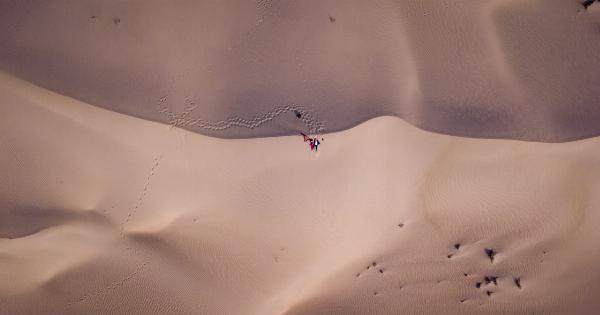Rhinos are large, powerful mammals that are native to Africa and Asia. These incredible creatures are facing numerous challenges that threaten their survival, including habitat loss, poaching, and disease.
In this article, we will delve into the causes behind these issues and explore the treatment options available to combat them. Understanding the threats facing rhinos is crucial in order to develop effective conservation strategies for these magnificent animals.
The Causes of Rhino Threats
1. Habitat Loss:.
Habitat loss is a significant issue for rhinos, primarily due to human activities. As human populations expand, more land is cleared for agriculture, settlements, and infrastructure development.
This destruction of natural habitats limits the available space for rhinos to roam, find food, and reproduce.
2. Poaching:.
Poaching is perhaps the most immediate and dire threat to rhinos. These animals are hunted primarily for their horns, which are highly sought after in illegal wildlife trade.
Rhino horns are falsely believed to possess medicinal properties and are also used as status symbols in some cultures. The black market demand for rhino horns has led to a surge in poaching, pushing these magnificent creatures to the brink of extinction.
3. Climate Change:.
Climate change is an overarching threat that affects a wide range of species, including rhinos. Rising temperatures, changing rainfall patterns, and increased frequency of extreme weather events can disrupt the delicate balance of ecosystems.
Such disruptions can lead to a decline in suitable habitats and food sources for rhinos, making it even more challenging for them to survive.
Treatment Options for Rhino Conservation
1. Protected Areas and Sanctuaries:.
Creating protected areas and sanctuaries is a crucial step in ensuring the survival of rhinos. These designated spaces offer a safe haven for rhinos, free from the threats of habitat loss and poaching.
By establishing and effectively managing these areas, conservation organizations can help stabilize rhino populations and support their recovery.
2. Anti-Poaching Measures:.
Controlling poaching is essential for rhino conservation. Anti-poaching units work tirelessly to deter and intercept poachers, employing a range of tactics including increased surveillance, patrolling, and intelligence gathering.
Additionally, raising awareness about the devastating consequences of poaching and strengthening law enforcement can serve as deterrents.
3. Habitat Restoration:.
Efforts to restore and enhance rhino habitats are vital for their long-term survival. This can involve reforestation projects, establishing corridors between fragmented habitats, and restoring natural water sources.
Restoring habitats allows rhinos to find sufficient food, shelter, and breeding opportunities.
4. Community Involvement:.
Involving local communities in rhino conservation initiatives can greatly benefit both people and animals.
Educating communities about the importance of protecting rhinos and involving them in sustainable livelihood projects can incentivize conservation efforts. By supporting local economies through eco-tourism or craft industries, communities can see the value of preserving rhinos and actively participate in their protection.
5. Research and Monitoring:.
A comprehensive understanding of rhino behavior, populations, and health is crucial in formulating effective conservation strategies.
Investing in research and monitoring initiatives can provide valuable insights into population trends, disease occurrences, and other factors that affect rhinos. This data can guide conservation efforts and help adapt conservation plans accordingly.
Conclusion
Dealing with the challenges faced by rhinos is a complex task that requires a multi-faceted approach.
Combating habitat loss, poaching, and the impacts of climate change necessitates a combination of protective measures, restoration initiatives, community involvement, and scientific research. The preservation of these magnificent creatures is not only essential for the delicate ecosystems they inhabit but also serves as a testament to our commitment to protecting biodiversity and the natural world.





























